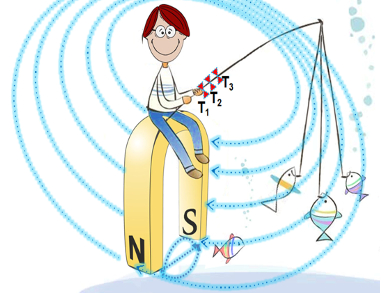The separation of components from complex samples as well as the detection of multiple analytes quickly and accurately are key points in a number of research fields, for example bioassays/chemical assays, clinical diagnosis, and environmental monitoring.
Erqun Song and colleagues, Southwest University, Chongqing, China, in collaboration with Mark T. Swihart, University at Buffalo, USA, have developed a method to prepare magnetically encoded luminescent CdTe@SiO2@nFe3O4 composite nanoparticles (n = 1, 2, 3, …) for this purpose. The core template was composed of silica-coated CdTe quantum dots (CdTe@SiO2). Alternating layers of Fe3O4 magnetic nanoparticles and poly(dimethyldiallyl ammonium chloride) were deposited on the core through a layer-by-layer self-assembly based on electrostatic interactions.
The application of these nanoparticles for recognition and separation purposes was tested using three types of fluorescently labeled immunoglobulin G (IgG) molecules. The researchers demonstrated that each of the three different IgG derivatives could be identified and collected from a mixture by the fluorescent magnetic multifunctional nanoparticles under an applied magnetic field. They also think that this strategy could be used in biomedical research, and are investigating the use of these particles to detect a group of tumor-related markers, which may lead to a method for the early diagnosis of cancer.
- Magnetically Encoded Luminescent Composite Nanoparticles through Layer-by-Layer Self-Assembly ,
Erqun Song, Weiye Han, Hongyan Xu, Yunfei Jiang, Dan Cheng, Yang Song, Mark T. Swihart,
Chem. Eur. J. 2014.
DOI: 10.1002/chem.201403699



